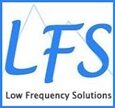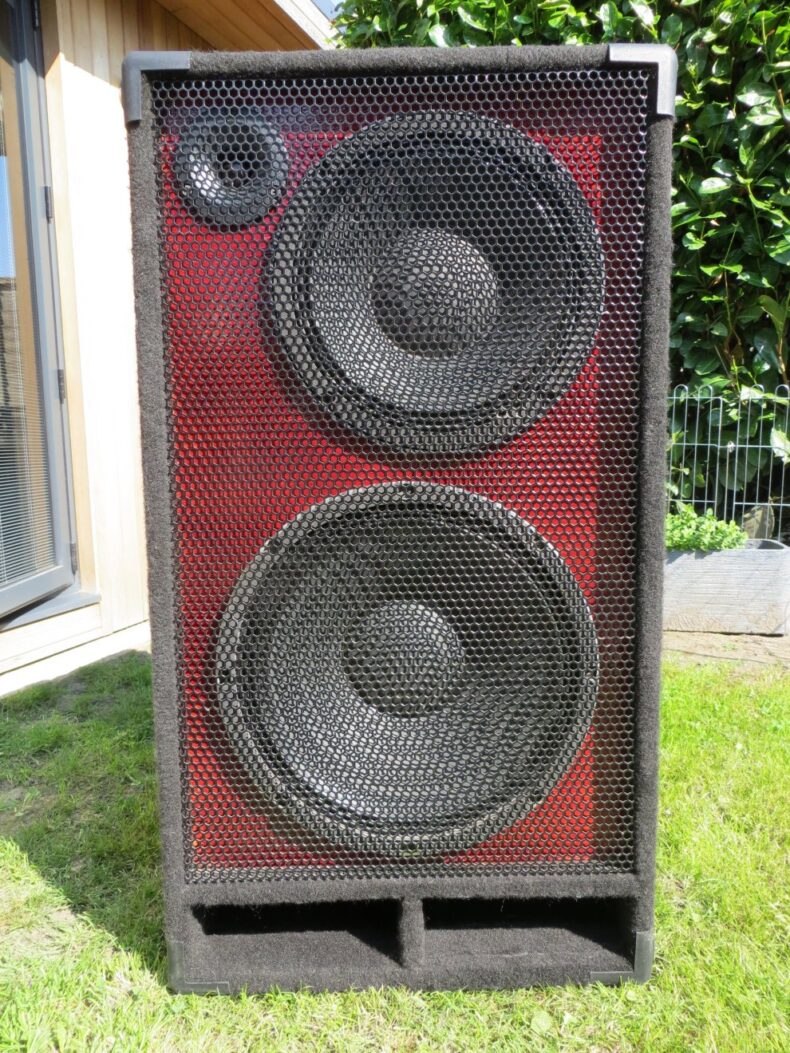About
LFS Bio
I have a passion for sound! I started along an acoustic path as a 14 year old, driving my family mad making home made loudspeakers in the garage – and then testing them a high volume! I learnt a lot by trial and error and even ended up making speaker for school disco nights and parties. None of them were excellent looking back on them but fulfilled my need to make sound at the time and ignited a lifelong passion, especially for deep bass.
My acoustic career started getting a dream job working with Goodmans Loudspeaker Limited, making drive units for cars and HiFi where I learned to make speakers from scratch and a lot of knowledge. Following this, I moved onto working with underwater sound at QinetiQ, as a transducer scientist. A very different environment but very similar principles. (If only loudspeakers were above 50% efficiency!) My career then progressed becoming the team leader for the noise and vibration group at Dyson, reducing and shaping the noise of various consumer products worldwide. Here I also had a chance to create reverberant rooms, anechoic chambers and learn all the principles of noise isolation and insulation.
In order to stay hand on within the field of acoustics, I then moved, in 2007, to work with INVC (The Industrial Noise and Vibration Centre, Slough), solving noise issues within industry, which I found very interesting and got a broad knowledge of many industries and common issues. The problem with low frequencies is that they are a lot more difficult to control than high frequencies and require more specialist knowledge than the use of a bit of acoustic foam. I have a 99% success rate on solving low frequency problems during my time and was known as one of the few low frequency noise specialists in the company.
It was during my time there that I decided to set up my own parallel dormant company in 2011, Low Frequency Solutions Ltd, dedicated to generating and attenuating low frequencies and one day realise my dream of turning a hobby and passion into a career. Being my own boss was also part of the plan. Because INVC was so successful and we had the chance to complete a Management Buy Out and become shareholders, I kept my own company on the back burner until 2019 when I left INVC to concentrate on my own business plan.
Low Frequency Solutions Ltd (LFS) exists because of that passion. The company focusses on generating and attenuating low frequencies although not exclusively so, full range products are also planned. As of 2020, we are designing various products, the first of which will be issued as designs for the home loudspeaker builder to follow and create innovative designs for the pro audio market such as bass guitar speakers, drum cabs and room treatments.
As a bassist, I appreciate that lugging large, heavy equipment to gigs isn’t always desirable or practical, and a small cabinet with as much, if not more output is a bonus. However, many other designs just cannot produce a good deep bass sound from a small cabinet and if they can, it is then hard to make it loud enough. “Hoffmans Iron Law” usually states you can have two but not three states of loud, deep and small. Ie, small cabinets can be loud but not deep or deep but not loud. If you want both, you need to go large. However, many manufacturers miss the design mark significantly and there is still room within the laws of physics to optimise, especially with innovative bass loading techniques.
LFS uses our “compact transmission line” (Patent pending and a trademark of ours) for pro audio cabinets which optimises bass output above 35 Hz which is all that most professional systems use and control loudspeaker excursions across 3 Octaves of bass so that distortion is kept to a minimum, even at very high output.
For Hi Fi, our designs go as deep as possible for that full bandwidth sound from a smaller speaker. Whilst Hi Fi does not need to be as loud as pro audio, the priority shifts to deep and low distortion.
LFS also uses gained knowledge and experience to diagnose room acoustics using modal analysis and reverberation time to recommend appropriate room treatments. Where possible, diffusion is advised rather than too much absorption (typical rooms) to maintain a live sound but bass trapping and smoothing is usually a priority. This improved clarity of sound in any listening environment could be the most important Hi-Fi and listening room upgrade you ever make!
The website provides useful resources for each of the main business streams of “Generating Sound”, “Attenuating Sound” and Consultancy. Feel free to look around and if you feel you need any specific advice, please head over to our contact page.

